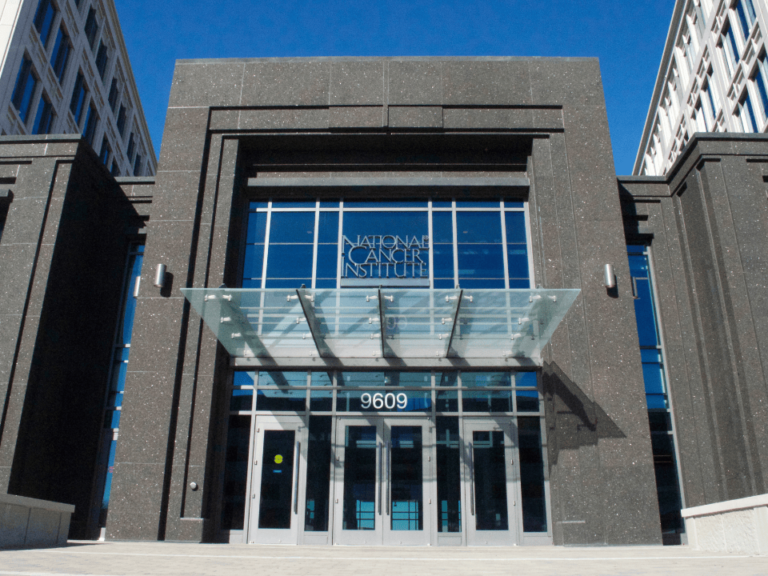President Joe Biden’s 2024 budget proposal and the Limit, Save, Grow Act of 2023 that was passed by the House last month will have a chilling effect on biomedical research, members of the Senate Appropriations Labor, Health and Human Services, and Education Subcommittee said at a hearing May 4.
To access this subscriber-only content please log in or subscribe.
If your institution has a site license, log in with IP-login or register for a sponsored account.*
*Not all site licenses are enrolled in sponsored accounts.
Login Subscribe
If your institution has a site license, log in with IP-login or register for a sponsored account.*
*Not all site licenses are enrolled in sponsored accounts.
Login Subscribe









